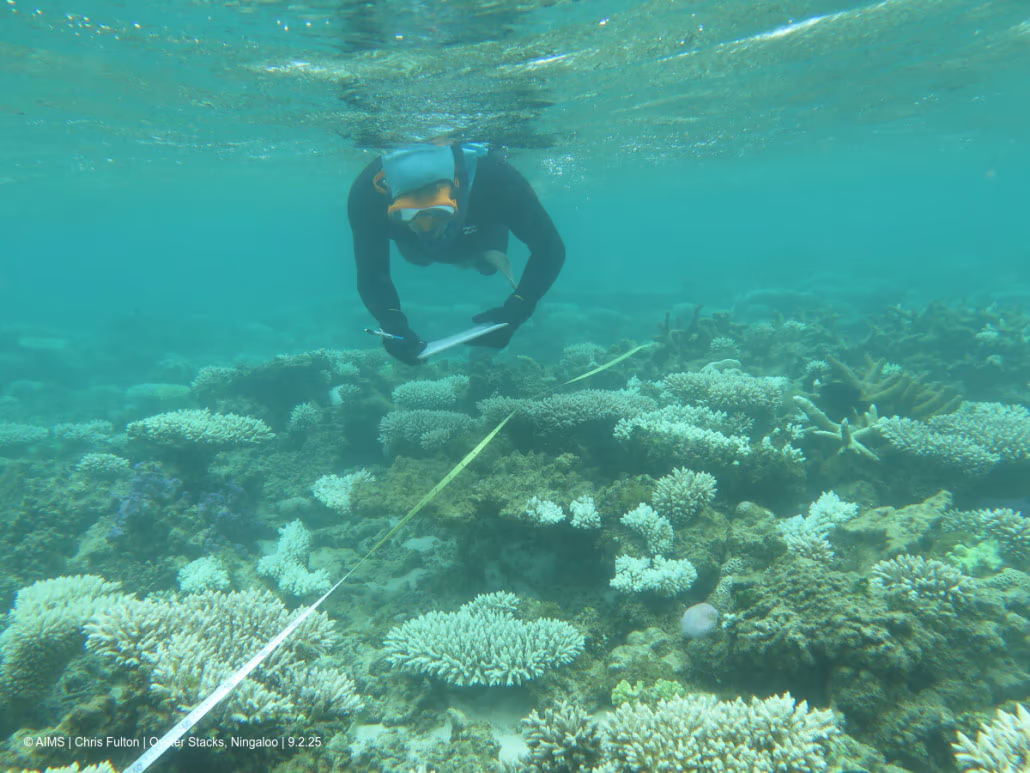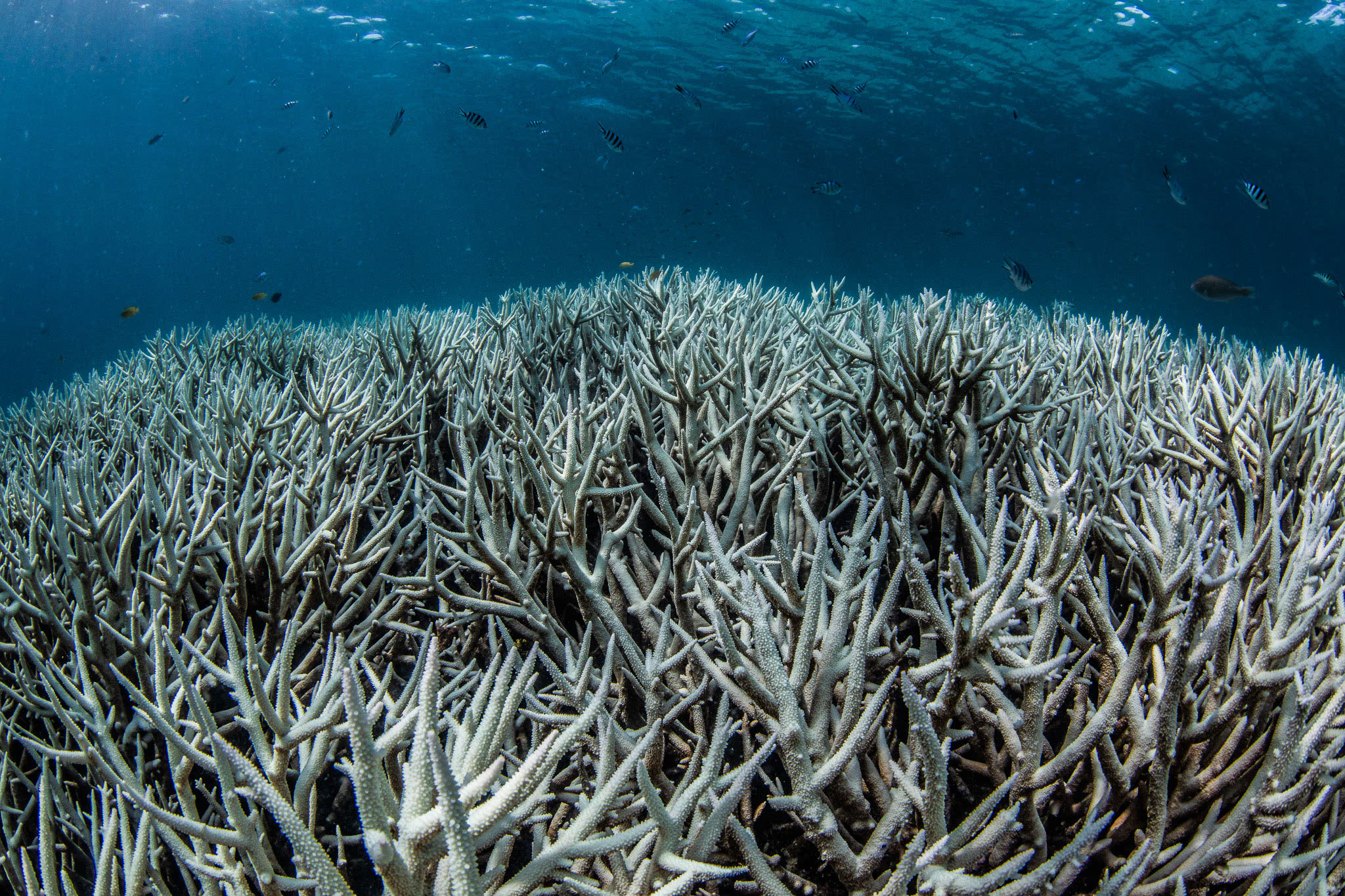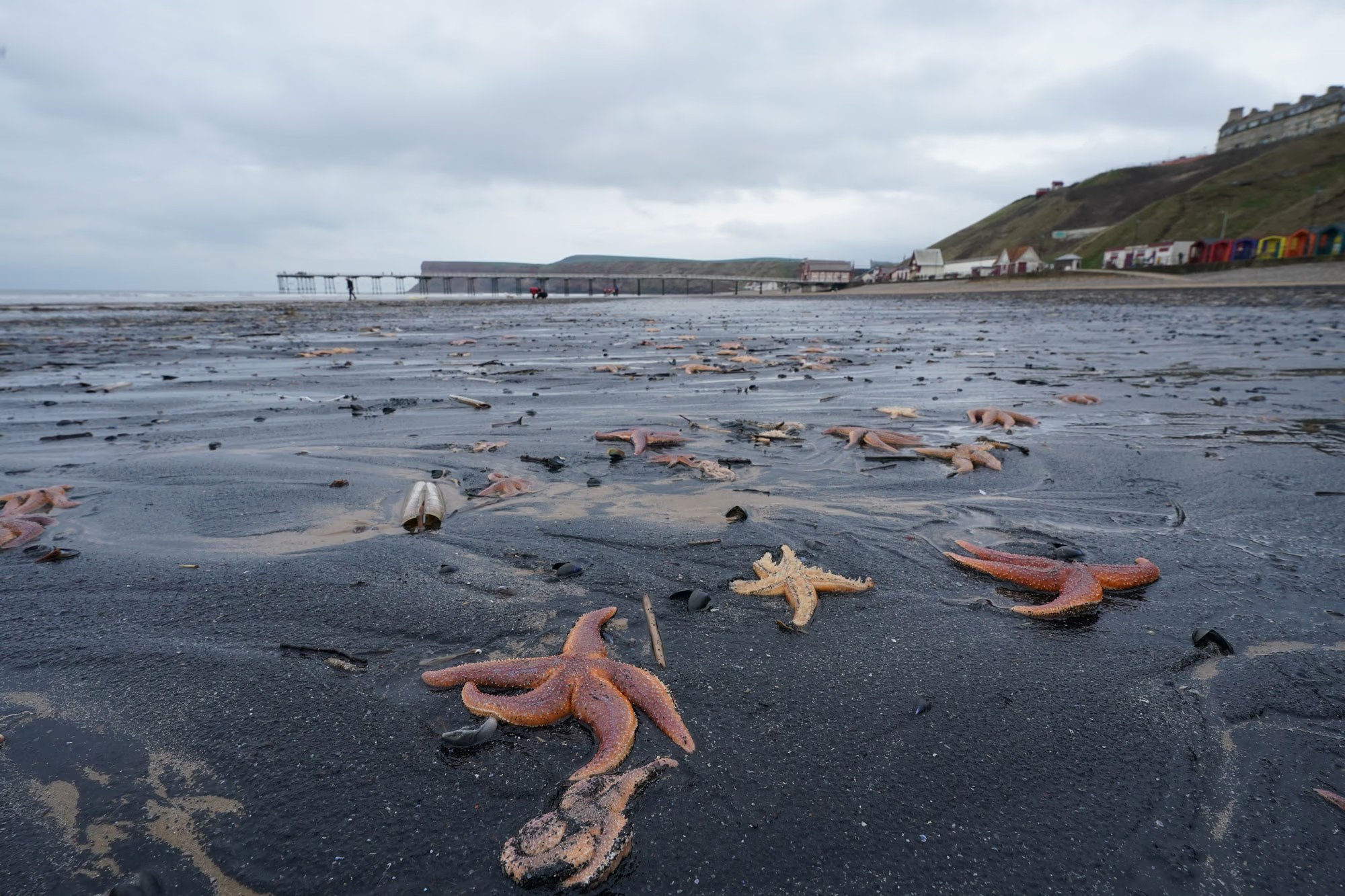An unprecedented nine-month marine heatwave has caused record coral bleaching off the coast of Western Australia. Scientists are documenting damage along a 1 500-kilometer stretch, including areas once thought to be sheltered from the effects of climate change. The event is part of a global crisis affecting reefs worldwide.
According to scientists, world-class coral reefs off Western Australia have experienced the most extensive bleaching in recorded history. The cause was the “longest, most widespread, and most intense” marine heatwave in the state’s history. From last August through May, abnormally high sea temperatures triggered severe heat stress, causing many corals to lose the symbiotic algae that provide them with nutrients and color. This process, known as bleaching, often leads to the death of reefs. The scale of the damage—expected to take months to assess—spans a 1 500-kilometer stretch and affects areas previously untouched by climate change. Globally, reefs have been in a state of mass bleaching for two years due to record ocean warming.

Surveying dying corals off the coast of Western Australia. February 2025.
Australia’s marine science agency notes that just eight weeks of heat stress is typically enough to kill corals. Preliminary estimates suggest that between 15% and 30% of live corals have been affected on many Western Australian reefs.
“The duration and intensity of this heat stress, along with its impact across multiple regions, is something we have never encountered before on most of Western Australia’s reefs,” said James Gilmore of the Australian Institute of Marine Science (AIMS).

Fully bleached coral off the coast of Western Australia.
The Heat Ahead

The Ocean Is Being Depleted by Human Pressure
Overfishing, Warming, and Plastic Are Outpacing Conservation Efforts

Marine Heat as the New Normal
What’s Behind the Oceans’ Unprecedented Warming?
In a new report, AIMS specialists recorded that the 2024–2025 season was “the most severe on record” in terms of coral bleaching in the northwest and central sections of the state’s reefs. “Areas that had given us hope—such as the Rowley Shoals, northern Kimberley, and Ningaloo—had previously been largely unaffected by bleaching. But now they are severely damaged. Climate warming has, at last, caught up with these reefs,” he said.
Ningaloo Reef, like the Great Barrier Reef off Australia’s east coast, is a UNESCO World Heritage site. Yet it too has proved vulnerable to the threat that has repeatedly struck its more famous “neighbor.” A new report released last week found that the Great Barrier Reef—the world’s largest coral ecosystem, stretching more than 2 300 kilometers—has suffered its most significant loss of coral cover in nearly forty years of monitoring.
